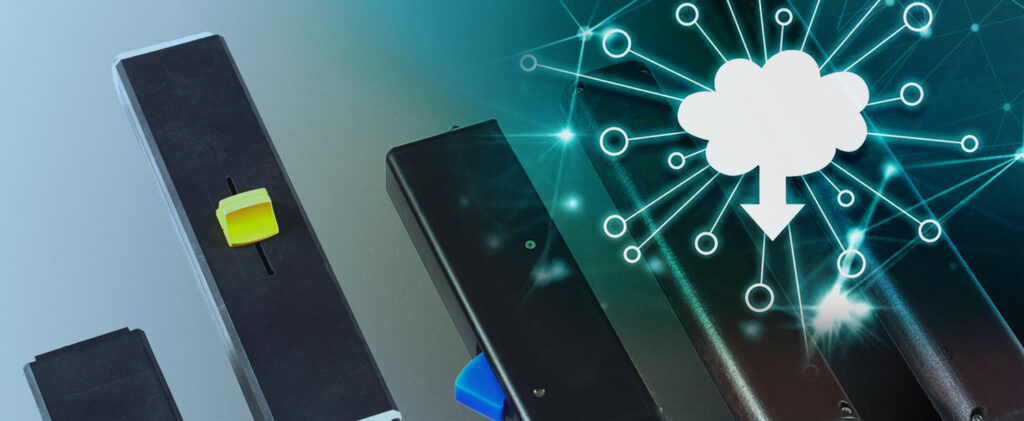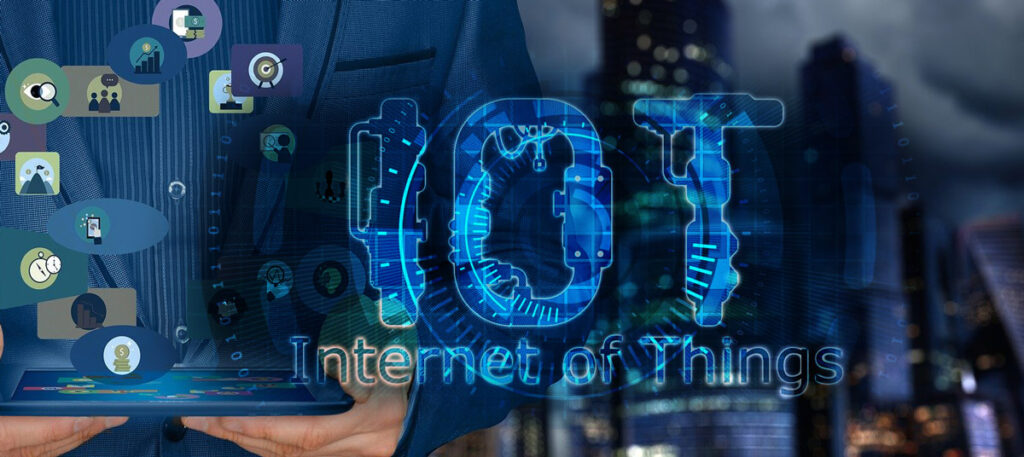Making Energy Harvesting devices smaller, thinner, more durable, and more efficient

The application of Internet of Things (IoT) and Machine to Machine (M2M) devices are increasing every year. Installing sensors and data transmitters in everyday items has given us the ability to collect large amounts of data from a wide variety of sources. This ability to transmit data makes it possible to control devices remotely and the collected data can be analyzed to identify or predict problems and perform many other important tasks that were not possible in the past.
Sensors and transmitters used in IoT devices require electrical power. However, by nature, IoT and M2M devices are small, light, and installed in places that are difficult to reach. In addition, many units are needed in most applications. It is not feasible to connect wires or change batteries for powering many devices. This has led to increased focus on environmental harvesting (Energy Harvesting) devices in recent years. Energy Harvesting is the ability to convert the many types of environmental energy into electrical energy, which can be used to power IoT and M2M devices without the need for wiring or batteries.
Table of contents [close]
What are Energy Harvestings?
We are constantly surrounded by many types of energy such as wind and waves, heat from the earth, light from the sun and equipment that produces electricity from the many natural resources of energy around us that have been developed and play an important role in supporting our everyday lives. In contrast, Energy Harvesting converts other, smaller sources of energy such as the movement of people, heat from machines, the many types of waves being transmitted in the air, etc. to generate smaller units of power.
For example, electromagnetic induction using a coil and magnet, or the piezoelectric effect have been successfully used to generate electricity from vibrational energy in the environment. When physical vibrations or movements cause a coil and magnet to move relative to each other or when pressure is constantly applied to a piezoelectric element, that mechanical energy is converted to electricity and captured.
Energy Harvestings can use exhaust heat from A/C systems, heat from machines, body heat, and other sources of heat that is typically not used for energy generation to produce power. In the Seebeck effect, electric potential is generated when two objects with different temperatures are put in contact with each other. This phenomenon can be captured and converted into electricity.
The major advantage of using Energy Harvestings? To power IoT devices in which power can be supplied to the device wirelessly and without the need to change batteries. Since energy in the surrounding environment is captured and used to power the device, the device can generate its own energy to perform its tasks. This eliminates the need for external power, whether in the form of power wires, batteries, or fuel, greatly reducing maintenance costs. Energy Harvesting is an essential technology for the widespread adoption of IoT devices and the IoT dependent society.
Issues related to adoption of Energy Harvestings
There are many sources of Energy Harvestings with some already have been proven and are in use. Energy Harvestings have many desirable characteristics but there are some challenges in the widespread adoption as well. Energy Harvesting uses small units of energy available in the environment, so the power they produce are also very small and can be unstable. Energy Harvestings can only be used in devices that use small amounts of electricity. To use Energy Harvesting for high consumption devices, methods to store electricity, or to produce more electricity are needed.
One method to increase the amount of power generated is to increase the size of the Energy Harvesting device and capture more vibrational or heat energy. However, if the Energy Harvesting device increases in size, the IoT device in which it is installed will also become larger. Therefore, it is necessary to increase energy generation efficiency to keep Energy Harvesting sizes small while maximizing power output.
In addition, IoT devices tend to be installed in hard-to-reach areas and are often attached to equipment that emit strong vibrations and impact forces. IoT devices therefore also need to be very durable. Likewise, Energy Harvesting devices designed to power such IoT devices must be compact and durable.
Smaller, thinner, more durable, more efficient Energy Harvestings devices
Development of smaller, thinner, more efficient Energy Harvesting devices has been progressing in recent years. For example, film-type heat Energy Harvesting device was developed recently in which the film is very thin and flexible and can produce the same amount of electricity as previous devices. Since it is flexible, it can be bent and attached to a heat source to produce electricity. If it is used as a power source for wearable devices, it can produce power from the heat of the human body. In Energy Harvesting devices that generate power using light, many Energy Harvesting devices that generate the same amount of power but are thinner and smaller have been developed.
The amount of energy generated by a conventional Energy Harvesting device using electricity was typically 1mW. Now, newly developed Energy Harvestings devices can generate several dozen to several hundred times the amount of energy from similar amounts of vibrations. These devices are less than 50mm in size and less than 60 grams in weight but can produce 200mW of electricity, not just once but several times in one movement. In addition, they are very robust and can withstand repeated impacts and since they are smaller than previous devices, they are quite simple to install. As IoT and M2M devices expand, providing power to these devices will continue to become a more significant issue. This will require Energy Harvesting devices to come even smaller in size and more efficient. In addition, many devices are used in most applications of IoT and M2M devices. This means that the cost of installing Energy Harvesting functionality to devices can also become quite large. Therefore, compact, thin, robust, efficient, and low-cost Energy Harvesting devices are required.







